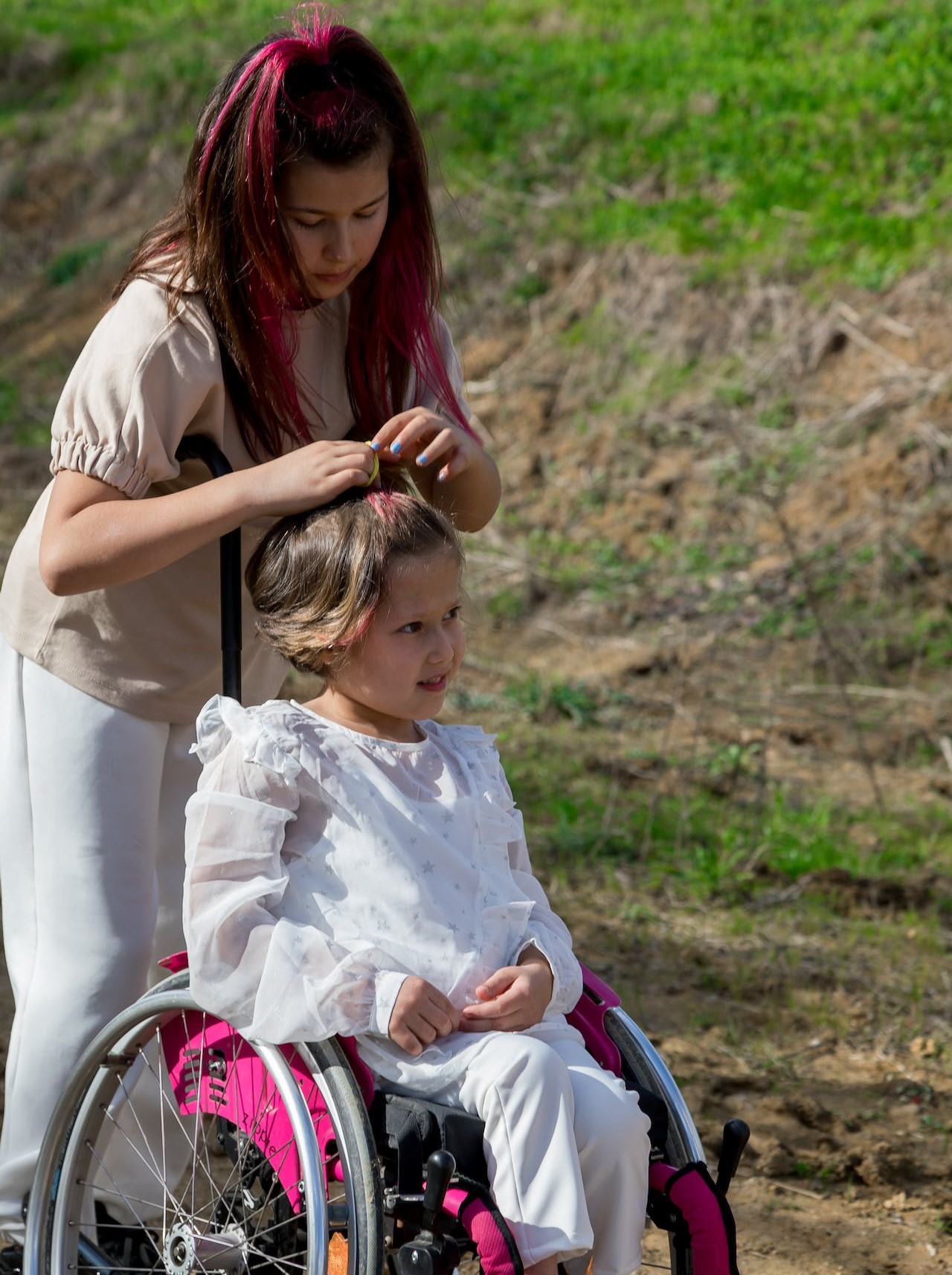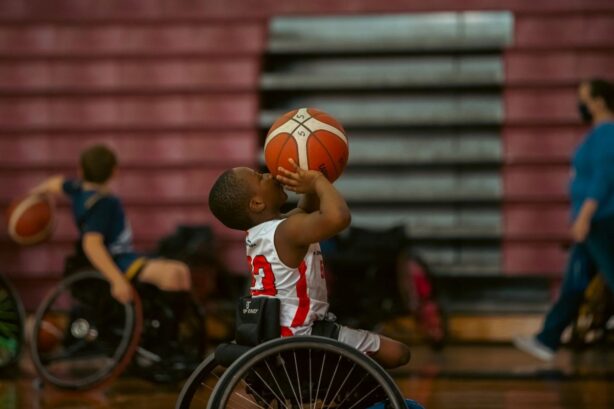According to UNICEF, there are nearly 240 million children with disabilities, and many of them deal with limited mobility.
This can be tough not just for the children, but for their parents and caregivers as well.

While children with limited mobility may be able to enjoy varying degrees of independence, support from their loved ones is generally always a must.
Here are a few of the ways you can provide a positive environment for your child with mobility issues:
Accessibility is Key
Eliminating physical obstacles that may prevent the child’s mobility and independence is the best proactive measure you can take.
The goal is to help your child feel free and unafraid of moving around their house, while giving them as much mobility as possible.
Adding a home lift can help make movement between floors easier, and your home lift price may be more affordable than you think.
Consider also enlarging doorways and hallways to allow unhindered passage, eradicating any obstacles limiting the child’s use of mobility devices.
Additionally, consider installing a ramp at the main entrances of the house, to allow your child to access their home easily.
These measures can empower the child to develop autonomy and inclusion in the family environment.
Adaptive Furniture and Tools
There is a wide variety of of accessible furniture and tools, and adding them to your home can help ensure children with mobility issues can be more independent.
Some of these devices and tools include the following:
- Adjustable Tables and Bed Systems: The surface height of tables and beds can be adjusted to allow easy access and use.
- Accessible Storage Solutions: Lowered or pull-out storage ensures items can help place items within reach for easy access.
- Voice-Activated Devices: Smart home technology, controlled by voice commands, can allow easy operation of lights, thermostats, and other home appliances.
Open Communication
Making yourself approachable under all circumstances can make life much easier for your child. Make sure they’re given the freedom to express their needs, wishes, or concerns.
Include your child in the decision-making process when finding ways to make their environment more comfortable.
This helps promote trust, strengthen family connections, and give you the ability to respond to specific needs in a favorable setting where your child feels heard.
Educate Siblings and Peers
It’s a terrifying fact that children who have a disability are 3.4 more likely to suffer from physical, emotional, or sexual abuse.
That’s why it’s so important to help siblings and peers realize how to treat people who have mobility difficulties, so they can create understanding, sympathy, and an inclusive attitude.
This may assist children who have siblings suffering from such conditions in their homes to learn how they can handle them.
Here are a few potential ways to achieve this:
- Share openly about children’s mobility issues, including limitations, and assistive devices. Address questions and dispel misconceptions to foster understanding.
- Collaborate with teachers to organize presentations and hands-on activities simulating mobility challenges, allowing kids to share experiences and promote comprehension among peers.
- Consider sensitivity and diversity training for siblings and close friends, to help them better understand the needs of children with restricted mobility.
Create a Supportive Network
Caregivers should actively find support groups where fellow family members or children can share their experiences, good practices, and advice.
Creating this community helps ensure the whole family has the support needed to promote an environment of understanding and compassion.
It also reduces the burden of caregiving by providing a platform for emotional expression and the exchange of useful information.
Inclusive Family Activities
Many children with limited mobility might feel secluded from their peers already.
Family-inclusive activities can help ensure they feel like they’re a part of the group, and let them enjoy being out and about with their loved ones.
Consider the following activities:
- Adaptive Sports and Games: Look for adaptive sports like wheelchair basketball or wheelchair tennis. Modify traditional games, like using adapted equipment for bowling or playing seated versions of popular games.
- Accessible Nature Walks: Look for nature reserves or botanical gardens that offer wheelchair-accessible paths.
- Art and Craft Workshops: Plan inclusive art and craft sessions that accommodate various abilities. Provide accessible tools and materials, like easy-to-use scissors.
- Accessible Playground Fun: Look for playgrounds with accessible swings, ramps, and ground-level activities. Check your area for inclusive playgrounds designed to accommodate children with various abilities.
- Cooking or Baking Classes: Start cooking or baking sessions with adapted kitchen tools. Focus on recipes that involve minimal physical effort and allow for active participation.
- Adaptive Cycling: Use bicycles or tricycles that are designed for various mobility needs. Explore accessible biking trails or paths in your community.
- Community Events: Attend community events that focus on inclusivity and accessibility. Keep an eye out for local festivals, fairs, or parades that provide accessible viewing areas.
There are a wide range of activities that can be adapted to be suitable for kids with limited mobility, creating memorable moments for the whole family.

Creating a positive environment for your child is essential to their mental health, and will make them better able to navigate the world confidently.
With your support, they’ll be able to improve their independence and handle any challenges that come their way.
